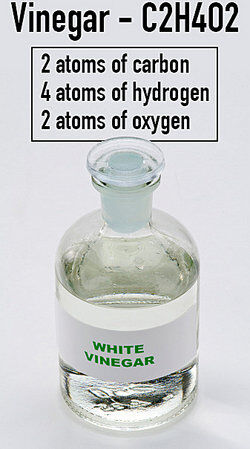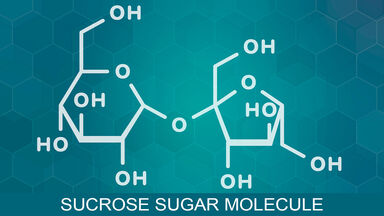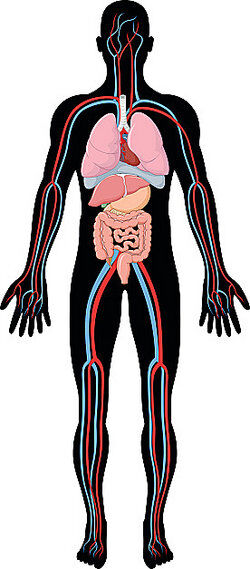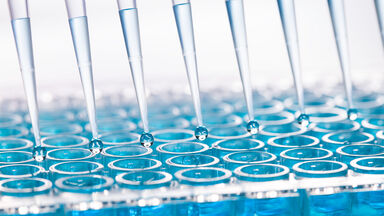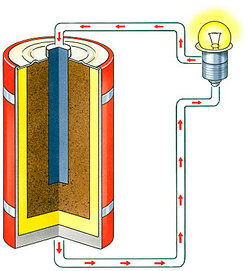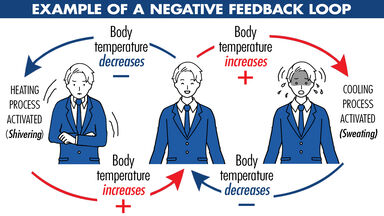Glucose Definition
glo͝okōs
noun
A monosaccharide sugar, C6 H12 O6 , that is used by living things to obtain energy through the process of aerobic respiration within cells. It is the principal circulating sugar in the blood of humans and other mammals.
American Heritage Medicine
A crystalline monosaccharide occurring naturally in fruits, honey, and blood: the commercial form, also containing dextrin and maltose, is prepared as a sweet syrup or, upon desiccation, as a white solid, by the hydrolysis of starch in the presence of dilute acids or enzymes.
Webster's New World
A monosaccharide sugar, C6 H12 O6 , that is used by living things to obtain energy through the process of aerobic respiration within cells. It is the principal circulating sugar in the blood of humans and other mammals.
American Heritage
A colorless to yellowish syrupy mixture of dextrose, maltose, and dextrins containing about 20 percent water, used in confectionery, alcoholic fermentation, tanning, and treating tobacco.
American Heritage
Origin of Glucose
-
French, from Ancient Greek γλεῦκος (gleukos, “must, sweet wine”) related to γλυκύς (glykys, “sweet”); note: -ose comes from glucose, not the other way round
From Wiktionary
French from Greek glukus sweet
From American Heritage Dictionary of the English Language, 5th Edition
French from Greek glukus sweet
From American Heritage Dictionary of the English Language, 5th Edition
Find Similar Words
Find similar words to glucose using the buttons below.
